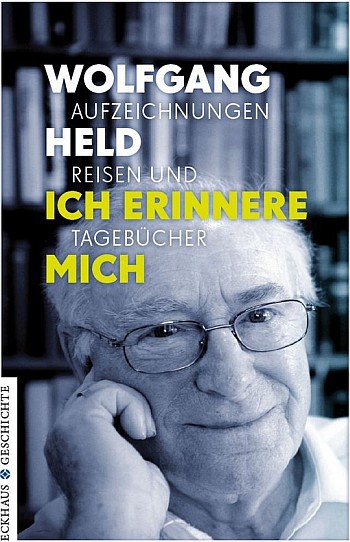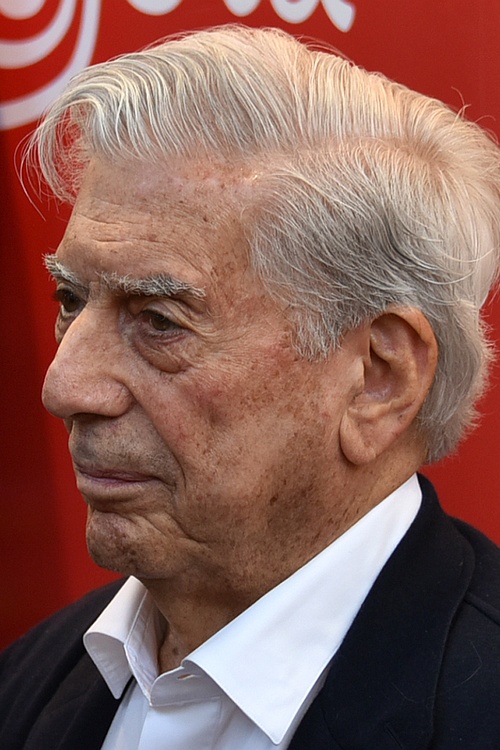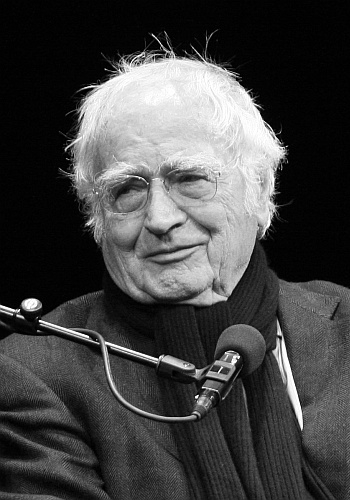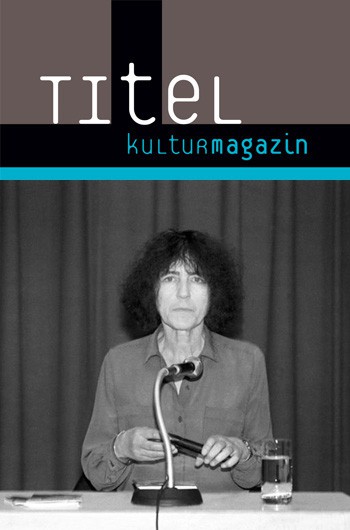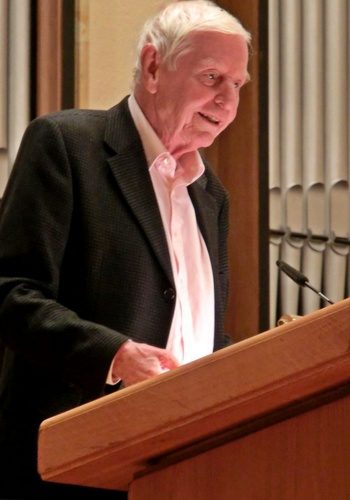Menschen | Interview: Daniel Berehulak (Teil II)
Daniel Berehulak ist einer der meistdekorierten Fotografen unserer Zeit. Er berichtet aus über 60 Ländern – über Kriege im Irak und in Afghanistan, den Prozess gegen Saddam Hussein, Kinderarbeit in Indien, das Leben nach dem Tsunami in Japan und aus Manila. FLORIAN STURM sprach mit ihm über die rigorose Anti-Drogen-Politik des philippinischen Präsidenten Rodrigo Duterte. (Den ersten Teil unseres Interviews finden Sie hier)
As a photojournalist, your only tools to combat these injustices and deaths are a camera and a notepad. How did it make your feel in Manila?
Sometimes, you feel absolutely futile. You’re fighting a war with yourself whilst being there because you know that your report is going to be published at some point – but until then you question your role – what you’re doing and what you could be doing more.
At the same time, over three million people saw the article in the first 24 hours after it went online. I received hundreds of e-mails expressing concern, interest and gratitude. There were dozens and dozens of death threats as well from people supporting the president, saying that he was doing a great job. It’s these reactions that remind you of the power of journalism and photography.
Not always do you see a direct reaction, though, which makes it difficult to quantify the impact our work has. Nevertheless, every journalist knows that our work does have impact. We don’t need to have a quantifiable measurable result.

Was it your decision to leave Manila after 35 days?
It was a collective decision. When I spoke to David after about one month, I had already shot about 25,000 images and he realised I was getting a little burned out as well. By that time, it was also leading up to the presidential elections in the US, so he had to consider the best timing for the story to be published. He wanted it to go out before the US elections, but as the time got closer, he realised that there was simply no room in the New York Times at all – which is why the story got pushed back.
How did you prepare for the story – if at all?
I was about to go to Syria and flew from New York to Mexico [where I live] to get my stuff. As I landed, David had sent me an e-mail saying my visa didn’t come through. Instead, he wanted me to go to the Philippines straight away!
So, I was actually preparing for Syria but got diverted to Manila instead. That’s why I hardly had any time to prepare. I reached out to my friends in the Philippines and told them I’ be coming within the next 24 hours. A friend then called back and told me he had a fixer for me (Rica) – even though I hadn’t even asked him.
Do you still have hope that these arbitrary killings are going to stop any time soon?
We all do but how that’s going to manifest itself, nobody knows. This is happening in so many communities on a daily basis that you would think the tipping point must be reached by now. A time when people stand up and say: This is enough! and when people and courts start filing cases against the police.
But all this affects the poorest people which means they don’t have the means and funds for legal recourse. They don’t even have the funds to bury their loved ones that are being killed.
We still hope that the turning point is reached soon where the communities are getting together or the international pressure rises. For things to change, it certainly needs a driving force, either from within the Philippines government or the international community.
It’s hard to believe that that process of change will come from within Duterte’s government. After all, he is publicly endorsing these actions.
Absolutely. The president says there’s no direct instruction from him for these killings, yet he’s the one publicly calling for the death of thousands or even millions of his own people that are connected to drugs. He doesn’t care who these people are but just wants to get rid of the problem – by eradicating three million of his own people.
You have a leader of a country who has told the international community to mind their own business. He’s even bragged about killing people himself and is not afraid of anyone. And then you have president Trump hailing him for doing such a great job.
This assignment was the first where you didn’t only act as a photographer, but as a reporter as well writing the accompanying essay. Has that impacted how you worked in the Philippines?
Yes and no. Usually, I work with the journalists covering the story, meaning that I also take quotes and notes for captions and my own understanding. This time, my reporting was a lot more detailed. When I would hear a quote or an interesting fact of the story, it was now me who would follow this lead instead of the journalists I worked with.
I had to make sure the things I heard and recorded were absolutely correct so I double- and triple-checked my information with Rica. She had to translate for me and she also took audio recordings and recorded video as well.
Will you be writing more often in the future now?
That’s certainly something I enjoyed doing, even though it was a very intense process. After all, I’m a photographer, writing does not come naturally. It took a long time for me to put everything together. I arrived in Manila on September 28th, was there the whole October and left in early November. The story got published on December 7th 2016 and we were working on it right till the night before. I looked up the GPS data for each crime scene and we linked some of the locations to Google Street View so the article took you right to this very place where it happened.
After all this work I wasn’t used to doing before, I now have even more respect for journalists and what they do than I had before.
How much does your lifestyle as a photojournalist allow for a normal family life?
It doesn’t. I am single and haven’t been married. My relationships are usually long-distance ones. My mother and brother live in Australia, I am currently based in Mexico. I also have close friends around the world whom I consider as family, too, though. I tried to spend time with all these people in between assignments.
If editors from the most prestigious publications have a delicate or complicated news story, they turn to you because they know it’s going to work out well. Is there any topic you would hesitate to cover or even turn down?
It wouldn’t be a topic or an issue but rather the circumstances that come with it. The biggest aspect for me is security. Always. For each assignment, there are various things to balance: the importance of the story, being able to work freely and making sure there are very strict security plans in place about how to get into an area and back out as well.
For me, security is the most important thing, no matter where I work in the world.
Who usually takes care of these security arrangements?
Since 2014, I’ve been working predominantly with the New York Times (NYT). From my experience, no other media outlet in the world has a higher security and risk assessment planning then them. They have specialists employed by the NYT dealing with advisors who have a large network available to them as well which will provide help, contacts or direct assistance should need be.
Knowing that the people supporting you have such high level of expertise certainly takes the pressure off in certain situations and allows you to focus on your actual job.
You are amongst the most successful and influential photo journalists of our time having won numerous awards – including two Pulitzer Prizes. What makes your images so unique?
(Pause). I don’t know. When I put myself into a story, I completely invest in it. I work as hard as I can, put as much emotion and energy into it as possible, do as much research and speak to as many people as I can in order to understand what is happening. I try to have a greater understanding of the story because it allows me to report more effectively.
It’s not about the aesthetics but rather the content and the context of the images. You need them to say something. They need to speak to you – but not only in an aesthetic or emotional way so that they stop you in your tracks. The image needs to have context.
When reporting, I try to capture the rawness, beauty, tragedy or horror of any scene, paying close attention to the little details whilst being very respectful. The aim is to transport all those aspects into my photographs, so that a reader who doesn’t know about the story but sees my images, has some emotional reaction as well. If I’m successful, I am able to connect the people in my photographs to those that are reading their stories.
Daniel Berehulak was born in Sydney, Australia, in 1975 as a son of Ukrainian immigrants. He studied history at the University of New South Wales and initially wanted to become an entrepreneur. In 2000, he picked up photography and started working for a sports agency. Two years later, he had his first assignment with Getty Images Sydney, in 2005 he was sent to work in their office in London. By now, Daniel works as a freelance journalist, in the recent past mainly for the New York Times. He has been reporting from over 60 countries – about wars in Iraq and Afghanistan, the trial against Saddam Hussein, child labor in India, the life after the tsunami in Japan and of course from Manila. Daniel has received numerous awards for his photographs, included the World Press Photo Award (5x) and the Pulitzer Prize (2).
Weiterlesen
| Webseite von Daniel Berehulak
| Die vollständige multimediale Berichterstattung über die Berichterstattung in Manila („They Are Slaughtering Us Like Animals“), die er für die New York Times gemacht hat – und die mit dem Pulitzerpreis gekrönt wurde, lesen Sie hier hier.





